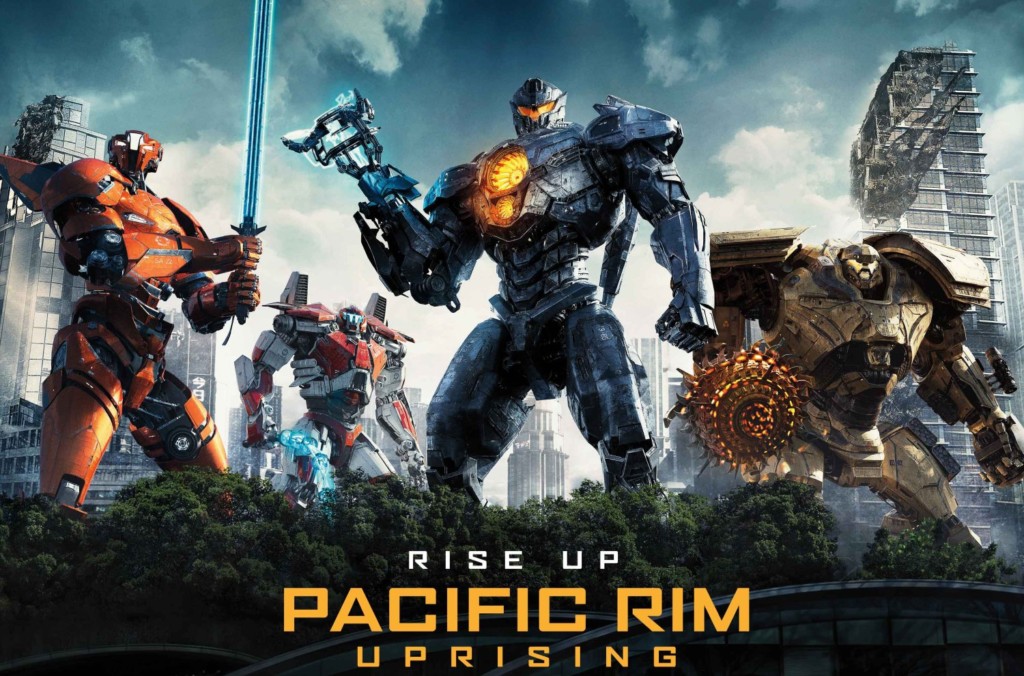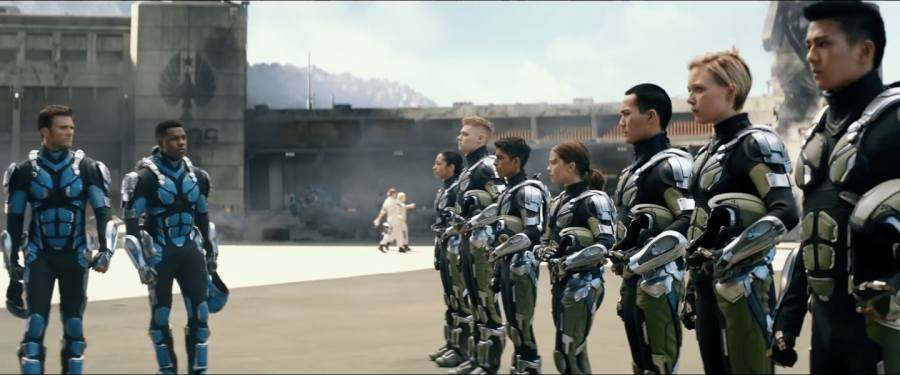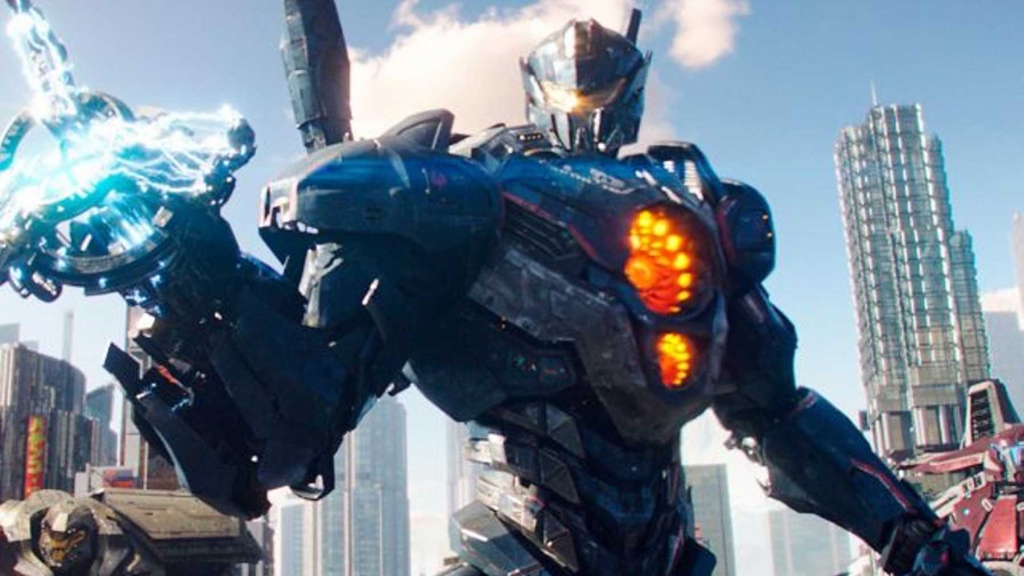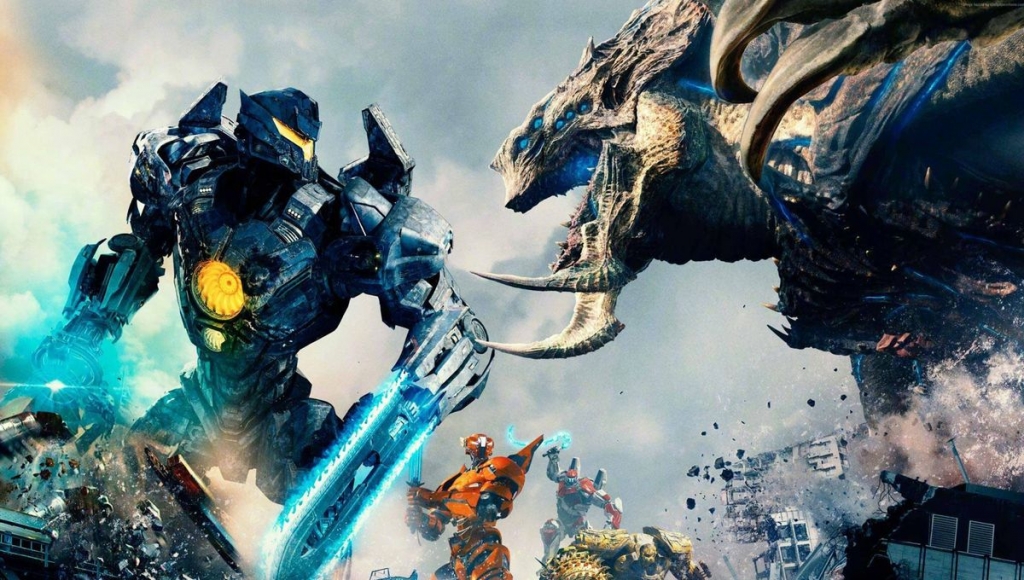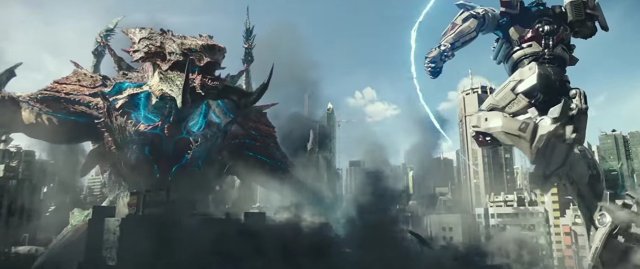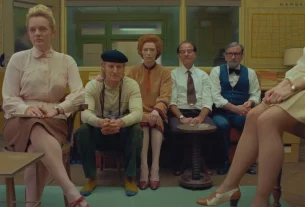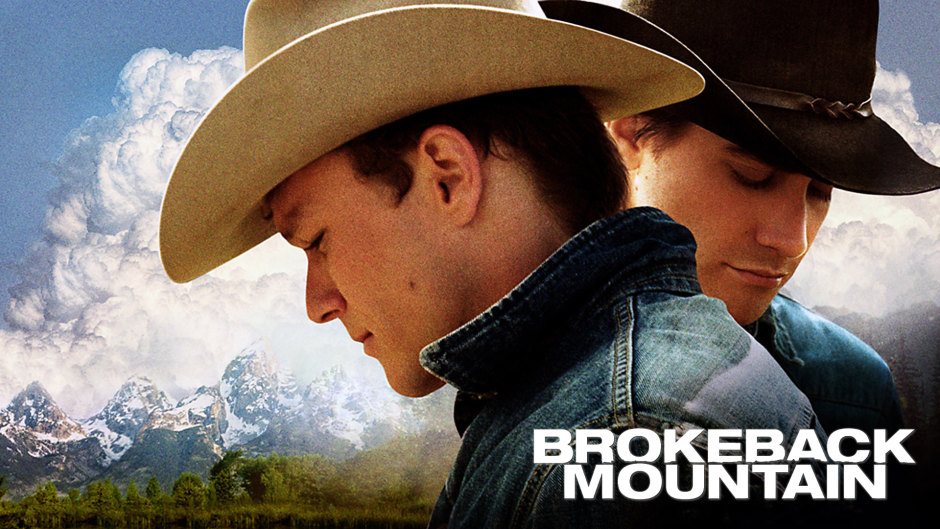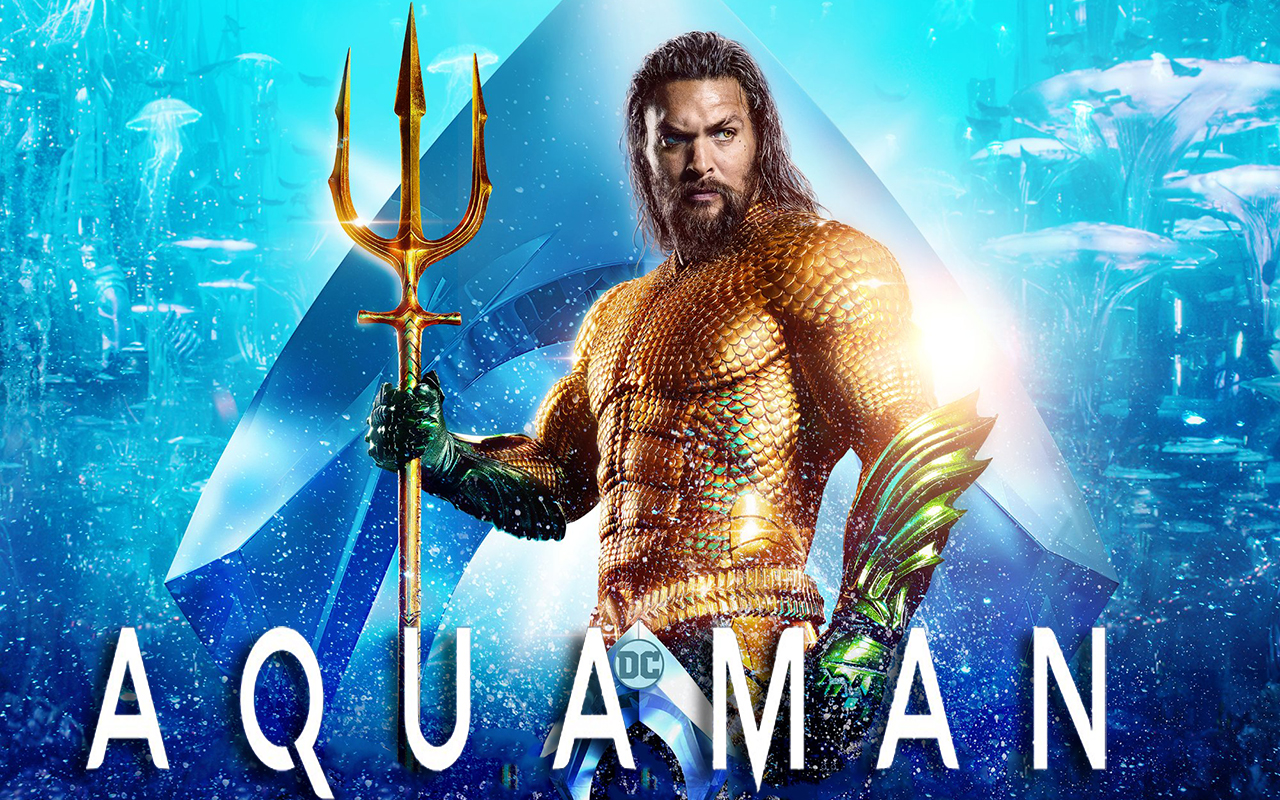BACK IN 2011, when Guillermo del Toro was first starting to hype his forthcoming movie Pacific Rim, he gleefully described it as “giant fucking monsters against giant fucking robots.” That’s how he always talked about it, with childlike glee. But he was also steeped in its antecedents: Toho monster films, Voltron, decades of sci-fi. The film he was planning was a playground toy battle writ large, imagined by a guy with the exuberance and resources necessary to build his own toys. Without that, it would’ve just been Transformers—all rock-‘em-sock-‘em, no heart.
Pacific Rim Uprising is what that movie would’ve been without Guillermo del Toro. Not to drag Steven S. DeKnight’s 10-years-later sequel—it could’ve been a much worse mecha-wreck than it is—but it’s clearly playing in someone else’s sandbox, tooling around with another kid’s toys. While it monster-robot fights are just as fun the second time around, it seems content simply to play the same notes as the original. And without the skill of del Toro and original screenwriter Travis Beacham, Uprising is nothing more than the wedding-band cover version of Pacific Rim.
It’s funny that it would turn out this way. When the original Pacific Rim came out in the summer of 2013, it wasn’t exactly a critical darling. It barely cleared a 70 percent on Rotten Tomatoes; genre fans appreciated its charms, but it wasn’t embraced by the kind of people who would tell you at parties they loved films. There’s even an argument to be made that it was below the talents of the man who made Pan’s Labyrinth. But in retrospect, especially after seeing Uprising, it’s impossible not to notice del Toro’s deftness. To have Idris Elba scream “We’re canceling the apocalypse!” is a gamble at best, but to pull it off so well the line briefly became a catchphrase—and even gets a shoutout in its sequel—is testament to GDT’s mastery.
No, Pacific Rim wasn’t deep. Yes, that ending was cornier than Iowa in the summertime. Frankly, it’s hard to pinpoint what exactly del Toro did to make it work—but those things become obvious when set next to *Uprising’*s shortcomings. Like, say, originality. Concepts like the “drift compatibility” and “neural handshakes” that let jaeger pilots sync to control their mechs seemed ludicrous the first time around, but they were forgivable because, hey man, cool story. But here? Not so much. Having Ron Perlman show up as a black market kaiju parts dealer in Pac Rim because Perlman makes a great bad guy. Having teenaged Amara Namani (Cailee Spaeny) introduced in the sequel as a potential hero who pilfers fallen jaegers doesn’t have the same impact, despite Spaeny’s charisma. (Also, isn’t that Rey’s introduction in Star Wars: The Force Awakens?) The same goes for Uprising’s talk of the strange scientific properties of kaiju blood and the importance of banding together at the end of the world, which can feel like a strong case for un-canceling the apocalypse.
Sequels are never going to be truly original—canonical consistency is the entire point—but any subsequent installments in a franchise should at least try to further the lore, and I’m fairly certain the only new thing I learned in Uprising was that tapping into kaiju brains can get you so high you’ll want to marry a kaiju brain. (Don’t ask.) And what Pacific Rim Uprising does get right—its epic final third, wherein everyone shuts the hell up and lets the giant robots fight the giant monsters—it does in daylight so broad it renders everything just a little too shiny. Most of del Toro’s Rim took place at night, an aesthetic choice that gave every fight a neon-hued Blade Runner edge. Uprising is the opposite, an aesthetic choice that reveals too many details. Sunlight isn’t only a disinfectant; it makes jaegers look even more like Transformers in a Michael Bay movie, and kaiju appear a lot less menacing. (Not for nothing, but the gaping blue hellmouth of the movie’s final Big Bad looks more like a Georgia O’Keeffe painting than anything else.)
None of this is to say that Pacific Rim Uprising doesn’t have redeeming factors. Again, the fights are fun. And John Boyega, who plays Jake, the son of Elba’s character Stacker Pentecost, continues to exude the same charisma that has made him a Star Wars fan favorite. The movie passes the Bechdel Test, still a relative rarity in genre and sci-fi films. Charlie Day will probably never not be funny. But there’s no heart, no soul—and that was what Guillermo del Toro brought to Pacific Rim. Where del Toro imbued his movie with a sense of “Can you believe I’m getting away with this?” Uprising opts for “Oh yeah, we’re trying to get away with this! EXTREME!”
Guillermo Del Toro has always been a master of finding the joy and emotional center in surreal, even unbelievable situations. He made a movie about sexing a fish-man and won an Oscar for it. His is a special gift. He wants to give people worlds steeped in the creatures of his imagination. Pacific Rim Uprising, though, just gives them giant monsters and robots—nothing more.
